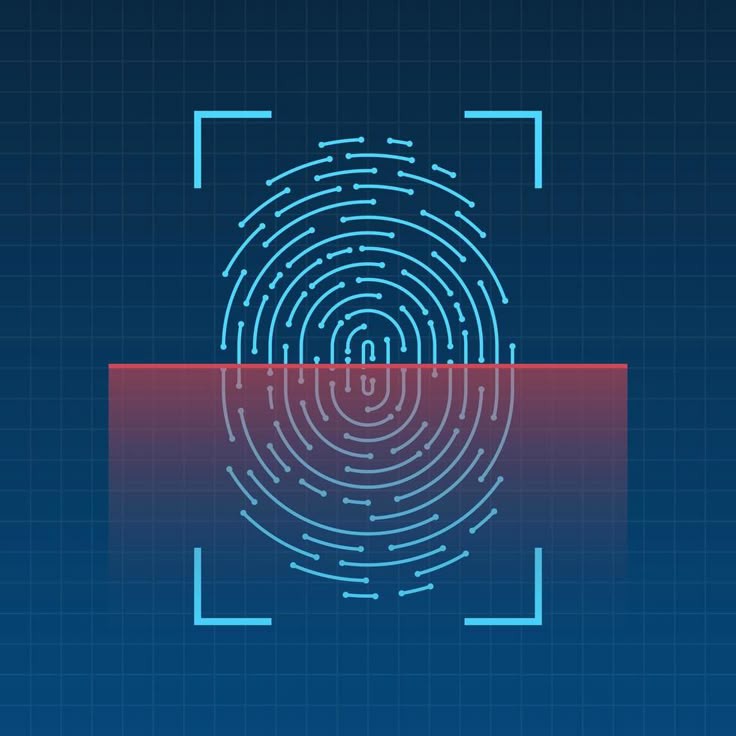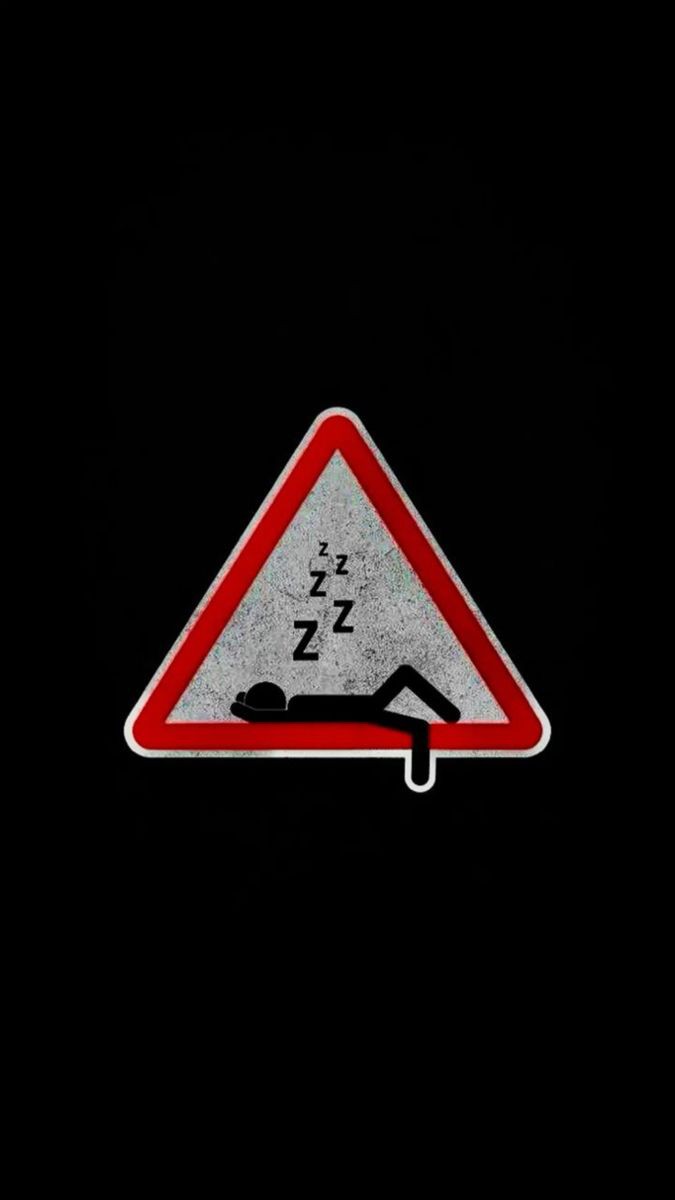"Privacy is not secrecy. It is spaciousness — the quiet room where thought learns to breathe."
The Unseen Cost of Exposure
Every day, we exchange fragments of ourselves for connection. A click here, a scroll there — small offerings to the collective hum of the network. Yet in this continuous gesture of sharing, something dissolves: the quiet interior of thought, the capacity to know where we end and the world begins.
Privacy is often spoken of in terms of security — passwords, encryption, firewalls. But beneath that architecture lies something more subtle, more human: the right to mental solitude.
In the same way a home shelters the body, digital privacy shelters the mind. It creates boundaries where reflection can occur — unobserved, unoptimized, unscored.
The Fracturing of Attention
Our minds now exist across countless open tabs — half here, half elsewhere. The algorithmic gaze follows not just what we do, but how we think, shaping curiosity into predictable loops.
- We become less spontaneous, less original, less capable of depth
- When everything is seen, nothing has time to form fully
- We forget that creativity and insight are born in privacy
"The modern mind, constantly exposed, becomes a glass house. And glass, though transparent, is fragile."
Privacy as Mental Real Estate
Let's redefine privacy: not as a digital fortress, but as mental real estate — space to inhabit your own consciousness without surveillance or interruption.
- Spatial Privacy: the physical and digital environments where no alerts, pings, or expectations intrude
- Temporal Privacy: unfragmented stretches of time where attention belongs solely to the present
- Emotional Privacy: the right to feel without broadcasting, to metabolize emotion before narration
- Cognitive Privacy: the freedom to think in unpolished drafts — raw, imperfect, alive
Together, these form the architecture of cognitive freedom — the ability to think, feel, and choose without being nudged by invisible code.
Reclaiming the Inner Room
Principle 1: Guard the Threshold of Attention
Begin by identifying your mental entry points — the moments when your attention is most vulnerable.
Disable non-essential notifications. Move social apps off your home screen. Create short "off-grid" hours each day where no signal can reach you.
These are not acts of disconnection but of reclamation — small restorations of mental boundaries in an era of perpetual access.
Principle 2: Design Digital Rituals of Solitude
Just as the body needs darkness to sleep, the mind needs solitude to think. Each day, curate spaces where nothing is shared or performed.
- A silent morning journal on paper
- A walk without your phone
- Closing your laptop for five minutes before beginning something meaningful
Such rituals are like airlocks — transitional chambers between the outer world and your inner one.
Principle 3: Relearn the Joy of Obscurity
To be unseen is not to be irrelevant. In fact, obscurity is fertile ground — a creative ecosystem where unobserved thoughts evolve into original insight.
Allow some of your life to remain undocumented, unoptimized, untracked. Let parts of your consciousness belong only to you.
Silence as a Boundary
Try this: once a week, design a "private hour." A window where you disconnect from all forms of input — no messages, no feeds, no metrics.
- Sit in the quiet room of your mind
- Let thoughts drift without agenda
- Notice what returns when the noise subsides
- Rediscover the subtler textures of intuition
Privacy, in this sense, is not withdrawal — it's recalibration.
"Silence is the final encryption."
The New Luxury of Solitude
In the near future, privacy will be the rarest form of wealth. As technology grows more intimate — embedded in our homes, our bodies, our thoughts — the ability to opt out will define personal sovereignty.
Digital minimalism won't just be aesthetic; it will be ethical. Owning your data will mean owning your mind.
The next evolution of conscious living will not be about faster access, but selective absence — learning when to disconnect so that awareness can expand inward again.
EPILOGUE: BEYOND SURVEILLANCE
The most radical possibility isn't that we need more privacy—it's that we need better privacy.
Reclaim your mental space.
Honor the architecture of thought.
What if privacy isn't about hiding from the world
but about creating space for your inner world?
What if we're not just protecting data—we're protecting consciousness?
The quiet room is not empty.
It is where thought learns to breathe.
Continue Your Journey
Explore more about conscious digital living


